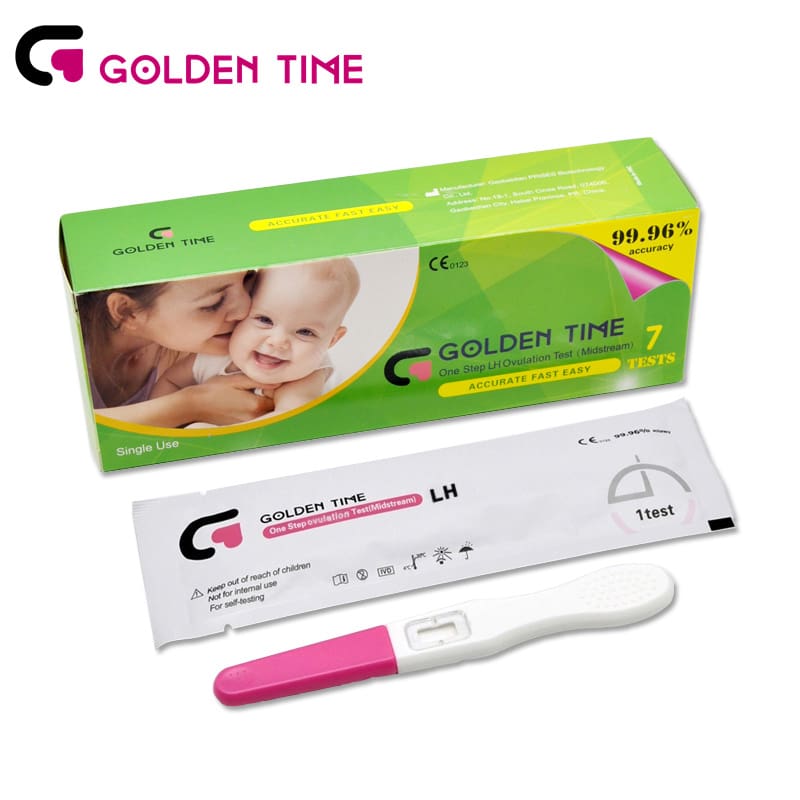Aug . 15, 2024 01:14 Back to list
Understanding the Importance and Impact of COVID-19 Antigen Testing in Public Health Management
The COVID-19 pandemic has fundamentally transformed the landscape of public health, highlighting the importance of timely and accurate testing methods. Among various testing modalities, antigen tests have emerged as a crucial tool in the fight against the virus. In this article, we will explore what COVID-19 antigen tests are, how they work, their advantages and limitations, and their role in controlling the pandemic.
COVID-19 antigen tests are rapid diagnostic tests that detect specific proteins from the virus that causes COVID-19. These tests are designed to provide results within a short timeframe, typically ranging from 15 to 30 minutes, making them an attractive option for widespread testing. The testing process usually involves a nasal swab or throat swab, whereby a healthcare provider collects a sample from an individual. The sample is then placed in a solution that can react with the viral antigens if present.
.
However, while antigen tests offer distinct benefits, they also come with limitations. The sensitivity of antigen tests is generally lower than that of PCR tests, meaning they may not detect the virus in all infected individuals, particularly in those with low viral loads. False negatives can occur, which may lead individuals to believe they are not infected when they actually are. Therefore, public health experts often recommend using antigen tests in conjunction with PCR tests, particularly when an individual exhibits symptoms or has been exposed to the virus.
covid 19 test antigen

Another critical factor to consider is the accuracy of antigen tests. The performance of these tests can vary based on the prevalence of COVID-19 in the community. In areas with low transmission, the likelihood of false positives increases, which can lead to unnecessary isolation and anxiety. Conversely, in high-prevalence areas, the specificity improves, making antigen tests a more reliable screening tool.
Despite these challenges, COVID-19 antigen tests have played an integral role in managing the pandemic. They have facilitated large-scale testing initiatives, allowing for quicker identification of positive cases and subsequent isolation measures. Furthermore, antigen tests have been utilized in community settings, such as schools and workplaces, to monitor outbreaks and ensure the safety of individuals. By enabling rapid access to testing, these tools have been vital in curbing transmission rates and informing public health policies.
In conclusion, COVID-19 antigen tests represent a crucial advancement in the ongoing battle against the pandemic. Their speed, affordability, and ease of use make them an attractive option for widespread testing initiatives. However, it is essential to recognize their limitations, particularly concerning sensitivity and specificity. As we continue to navigate through the pandemic, the effective integration of antigen tests alongside other diagnostic methods will be paramount in safeguarding public health and ensuring a return to normalcy. By leveraging the strengths of these tests, we can better manage COVID-19 and work towards a healthier future.
-
Malaria Pf Ag Rapid Test Kit - Quick & Accurate Detection
NewsAug.11,2025
-
Accurate Cardiac Marker CK-MB Rapid Test for Quick Results
NewsAug.10,2025
-
Premium Empty ABS Plastic Cassette for Test Strips
NewsAug.09,2025
-
Sterile Urine Cup: Accurate Specimen Collection for Labs & Home
NewsAug.08,2025
-
Malaria Pf/Pan Ag Rapid Test Kit for Fast, Accurate Diagnosis
NewsAug.07,2025
-
Rapid Canine Corona Test: Fast & Accurate Results
NewsAug.06,2025

